- Joined
- Jan 5, 2018
- Messages
- 12
- Reaction score
- 76
Yep mostly from the Frome River a few years ago when my back was still capable of digging.


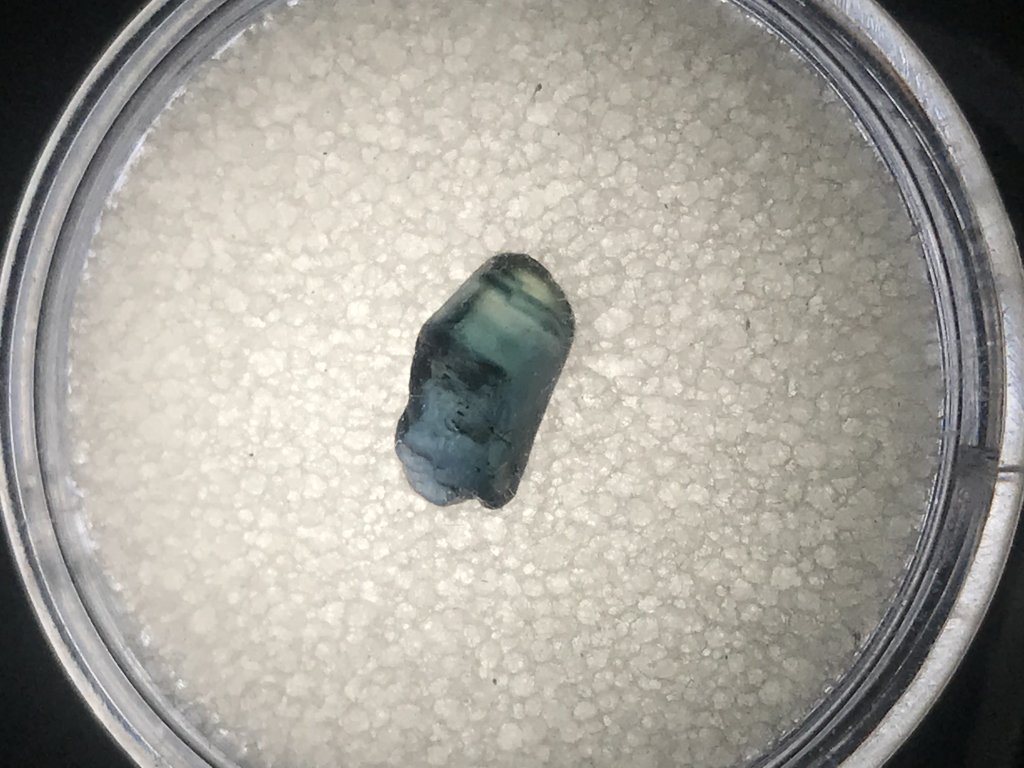
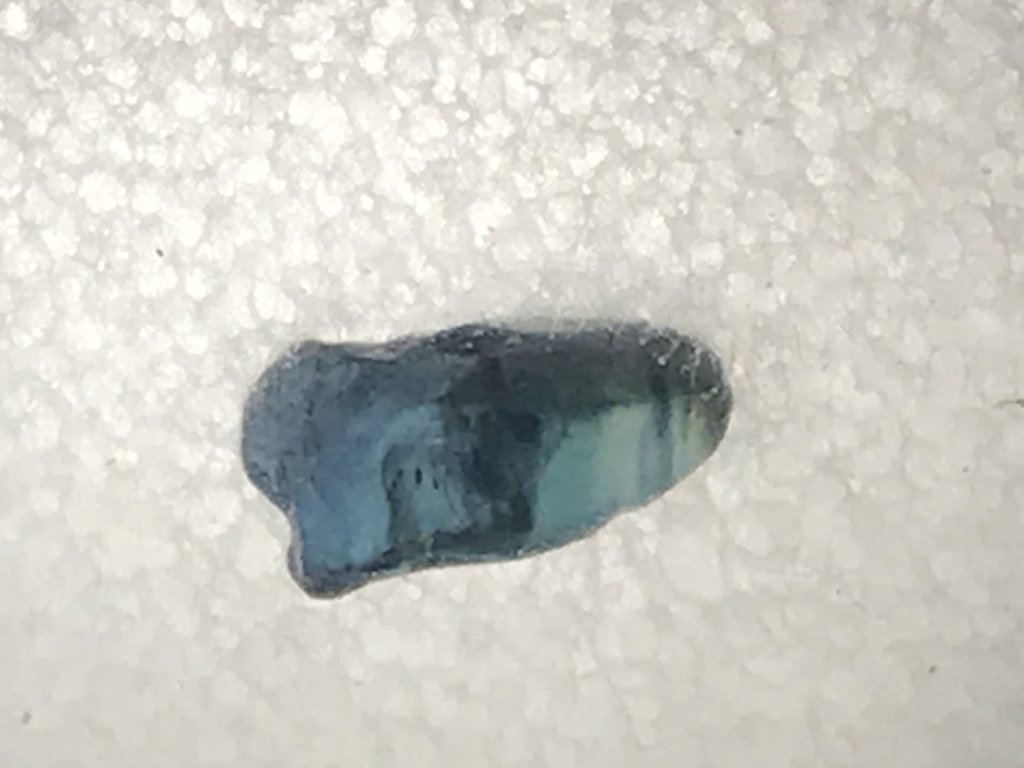
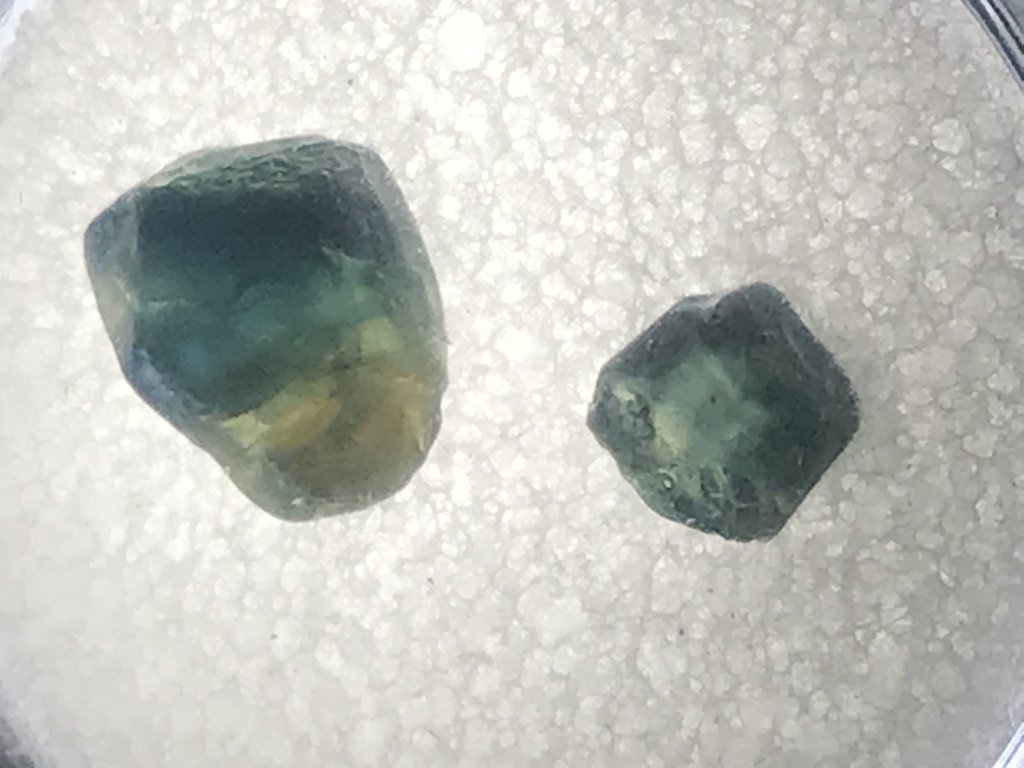
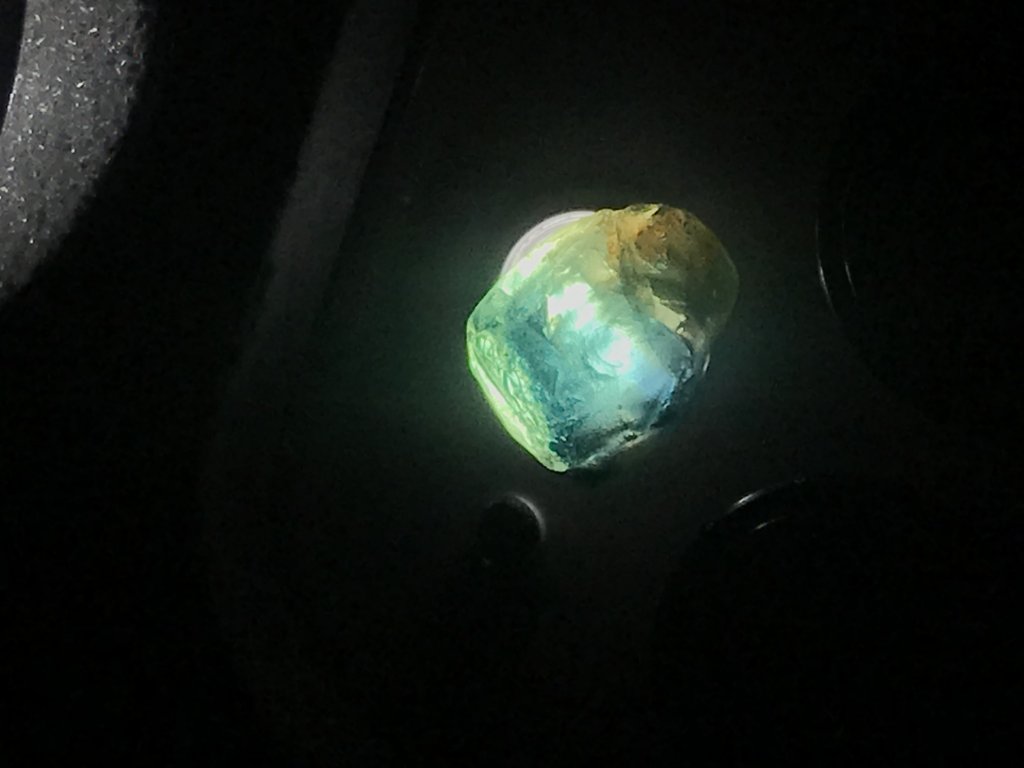
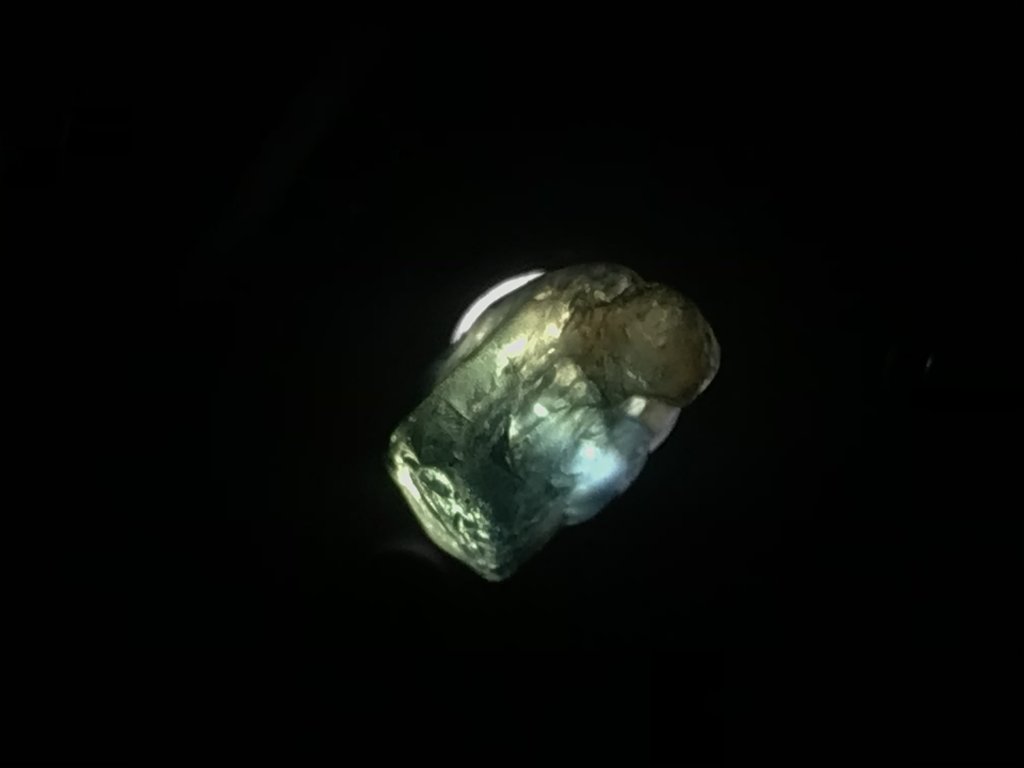
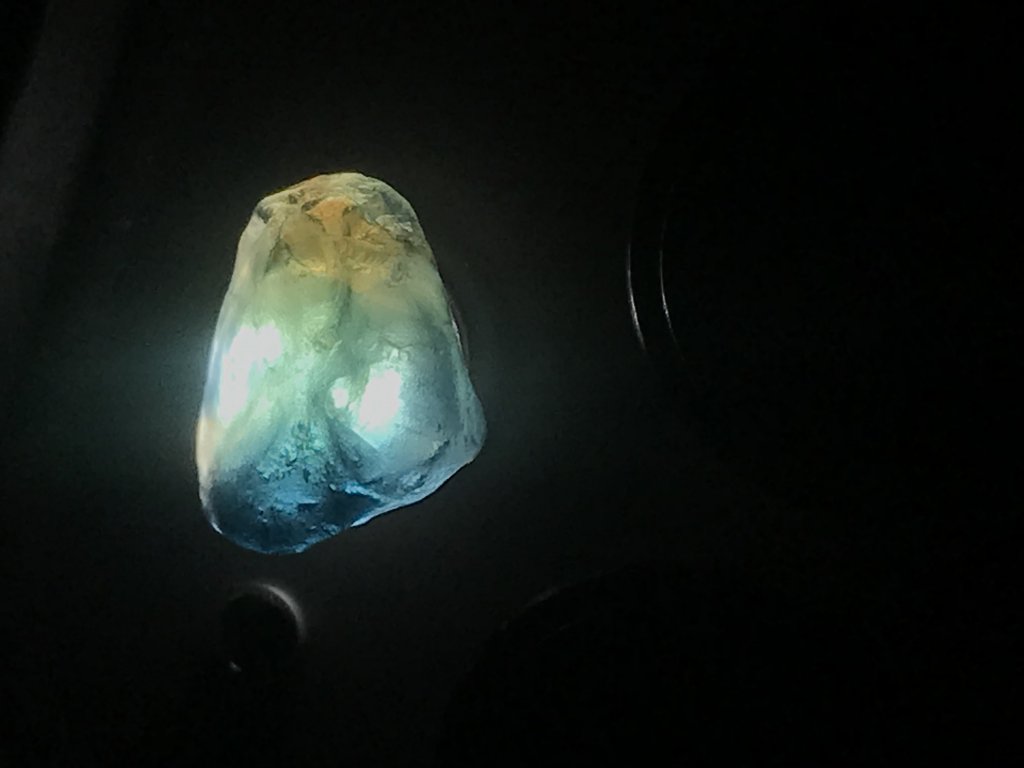
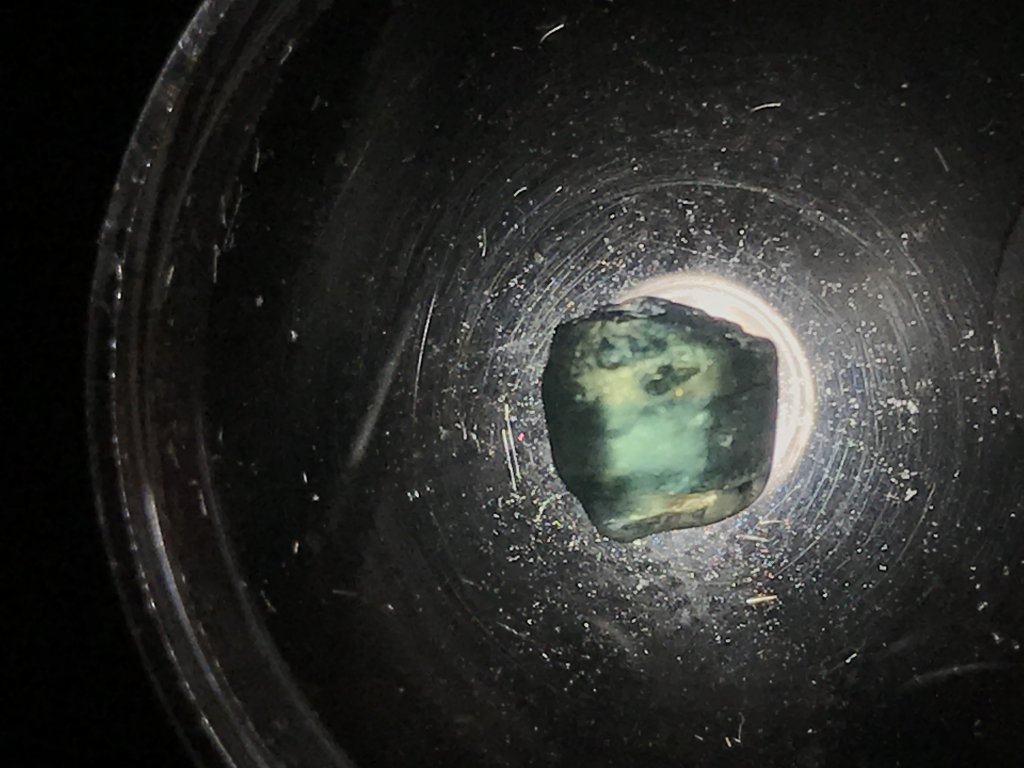
Nice start. Keep up the good work.Kotolos said:This one is 1.1ct found at grabben gullen
https://www.prospectingaustralia.com/forum/img/member-images/19798/1611472651_s1.jpg
https://www.prospectingaustralia.com/forum/img/member-images/19798/1611472652_s2.jpg
These two are 3ct and 1.3ct
https://www.prospectingaustralia.com/forum/img/member-images/19798/1611472751_img-3445.jpg
https://www.prospectingaustralia.com/forum/img/member-images/19798/1611472752_img-3447.jpg
https://www.prospectingaustralia.com/forum/img/member-images/19798/1611472753_img-3451.jpg
https://www.prospectingaustralia.com/forum/img/member-images/19798/1611472753_img-3452.jpg
https://www.prospectingaustralia.com/forum/img/member-images/19798/1611472754_img-3454.jpg
What do you guys think? are these considered quality sapphires? The 1.3ct last photo Is actually quite a baby aqua colour doesn't show thru photo.
I think they look good haha but I'm not sure what denotes good quality
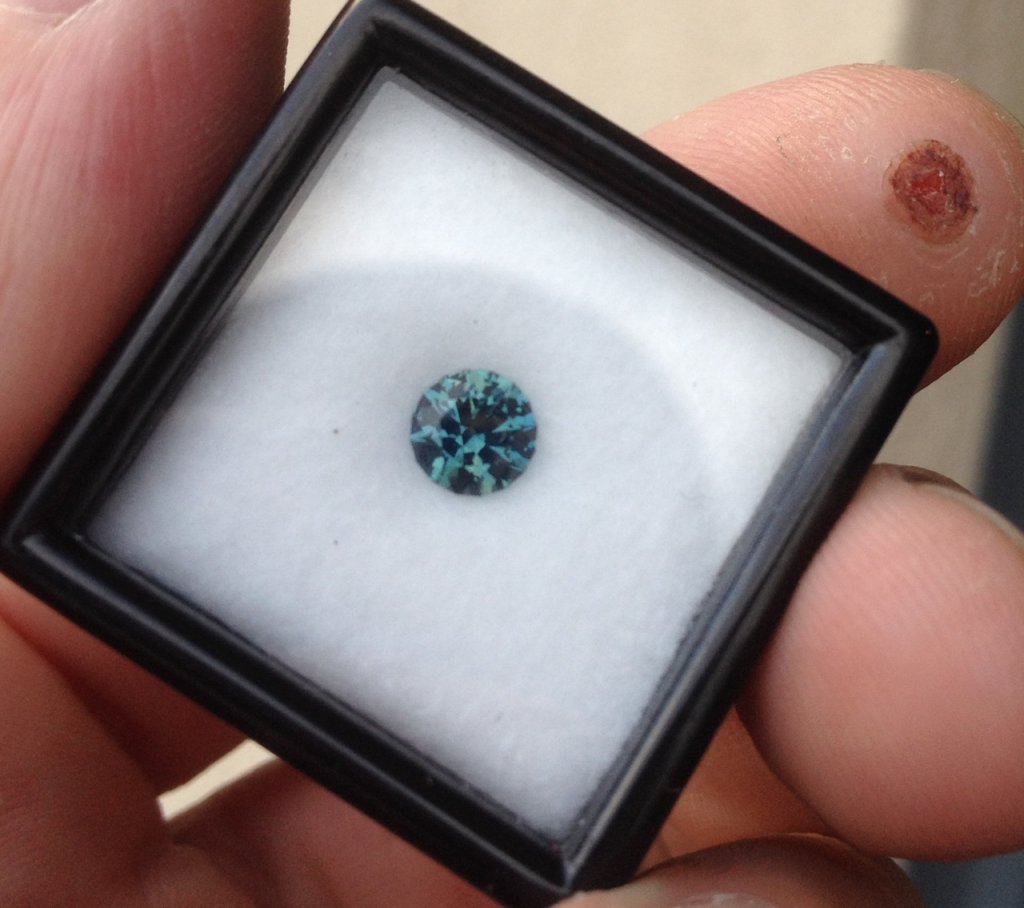
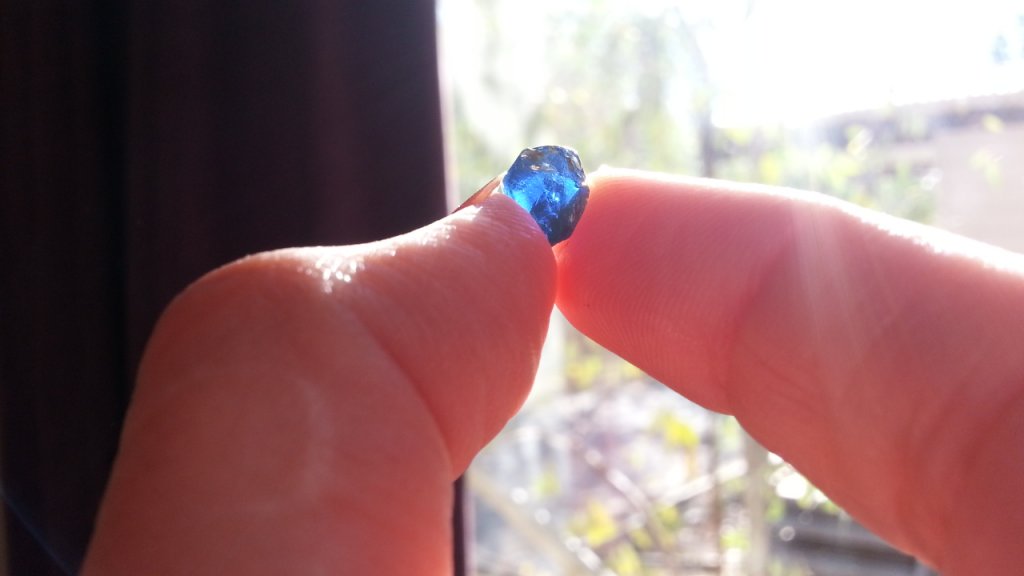
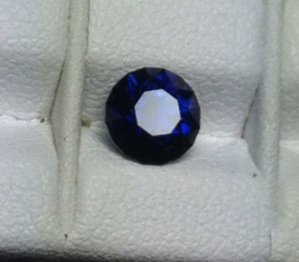
Kotolos said:Yes it does dihusky, thank you for spending the time to write this.
Really, 80%? I was under the impression from what I've read something like 25-50% max, stone dependent.
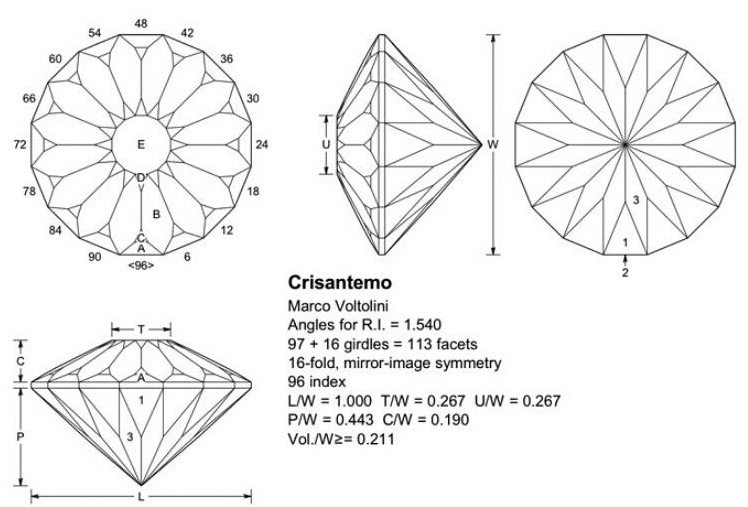

Mackka said:Does that loss apply to the Asian cutters as well mate? Just wondering.
Cheers
Mackka